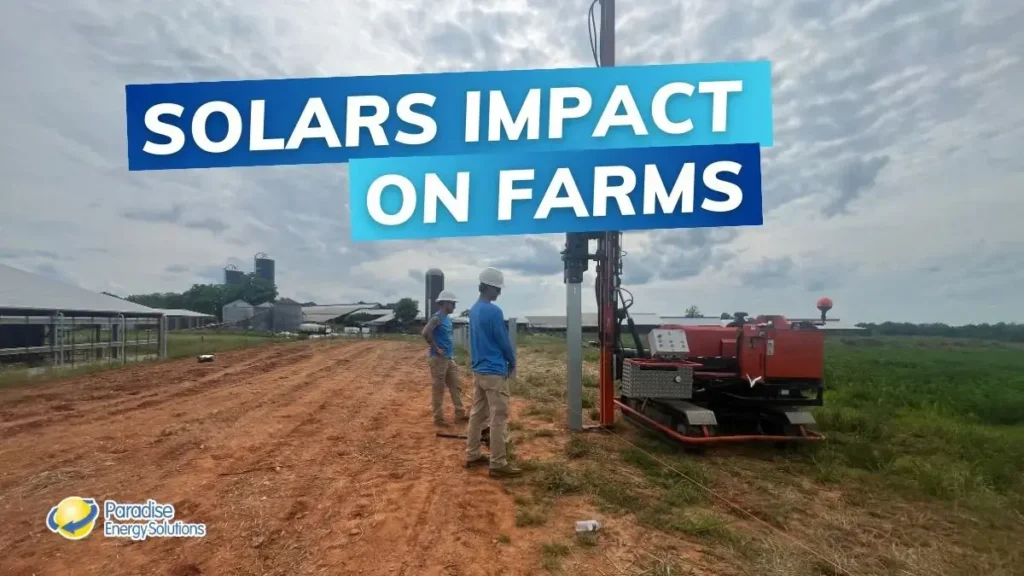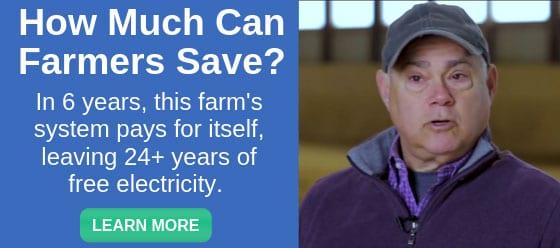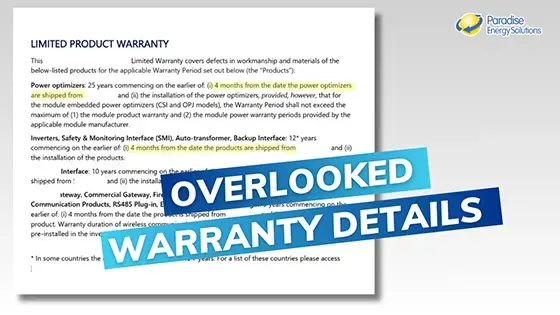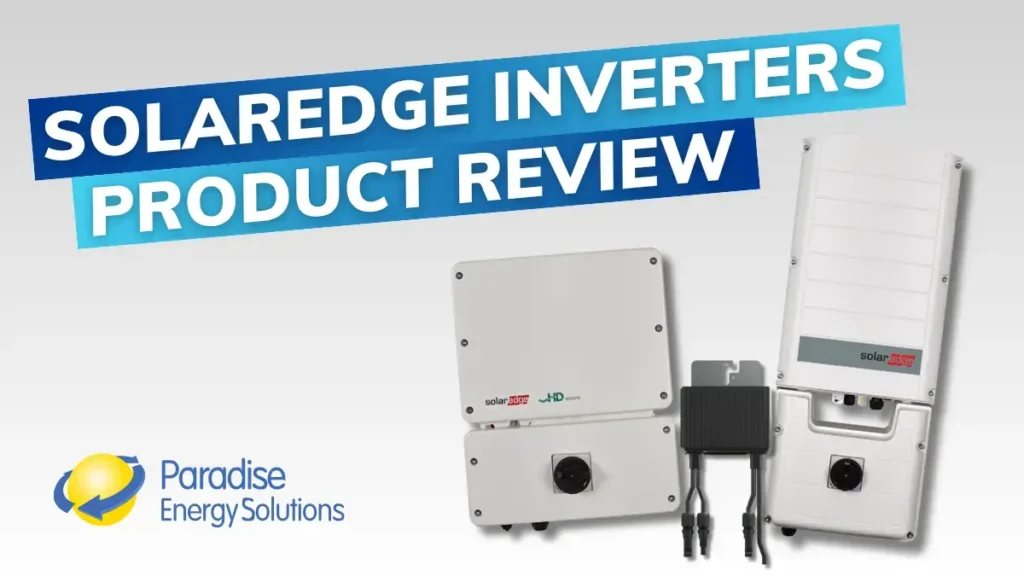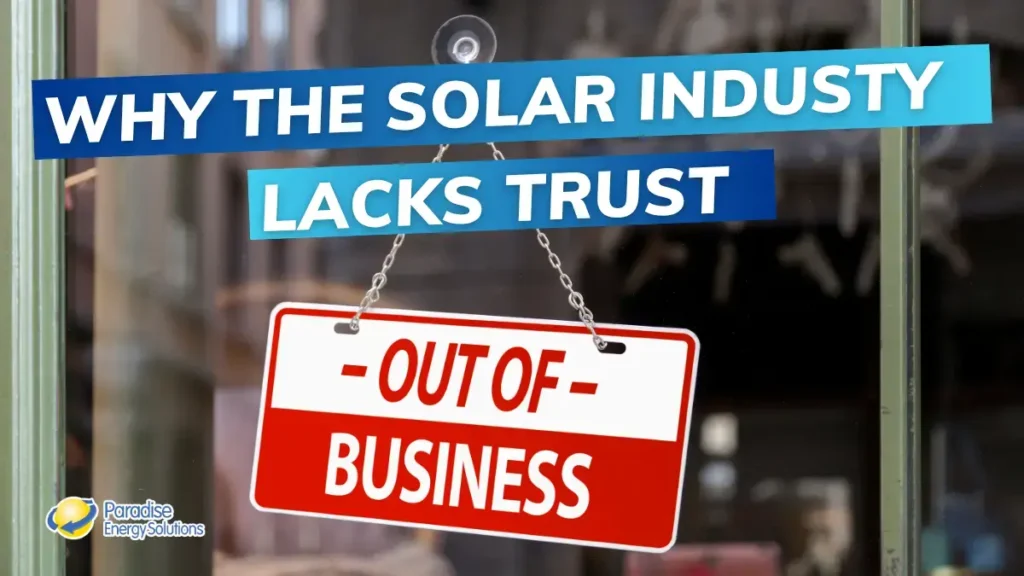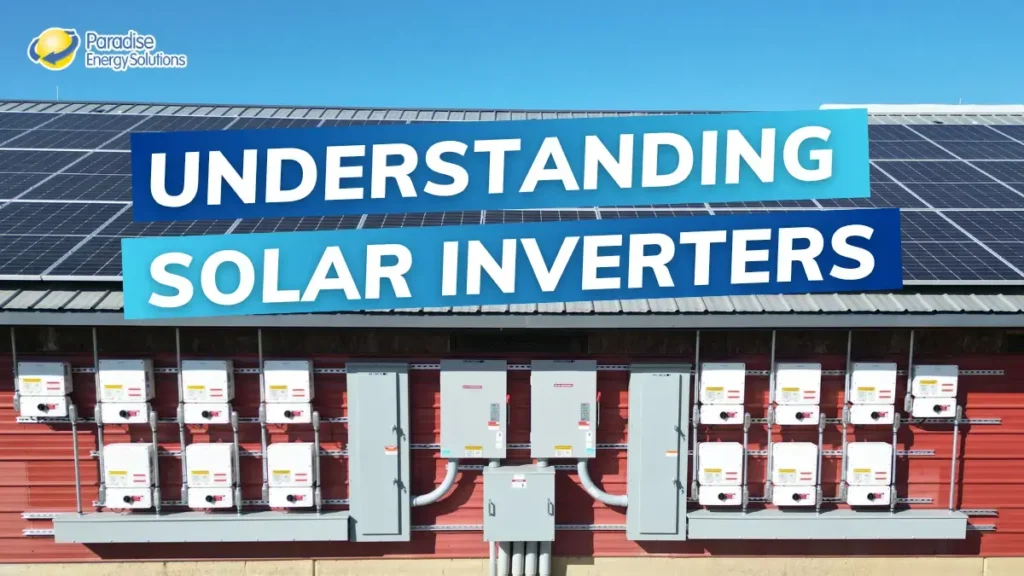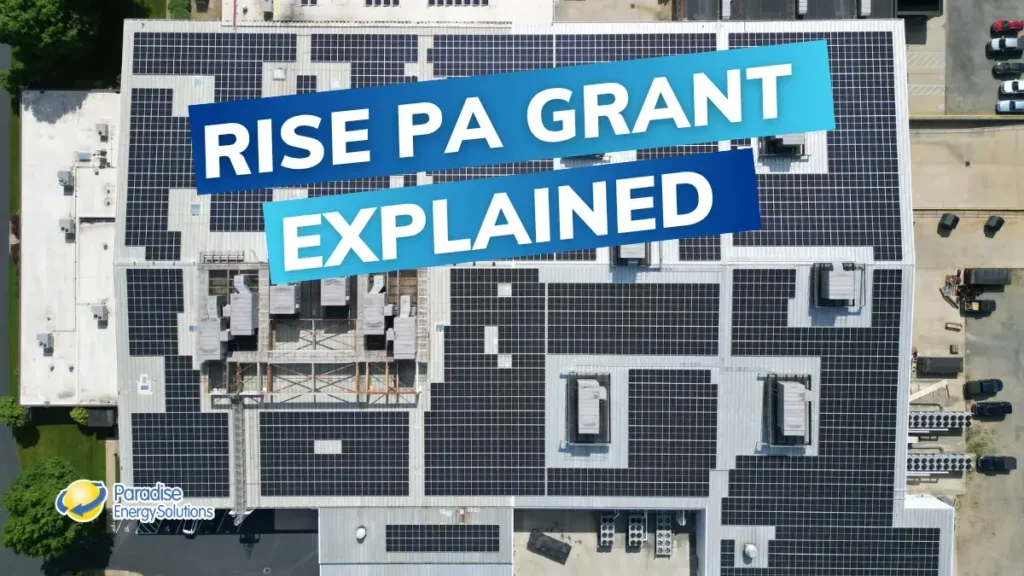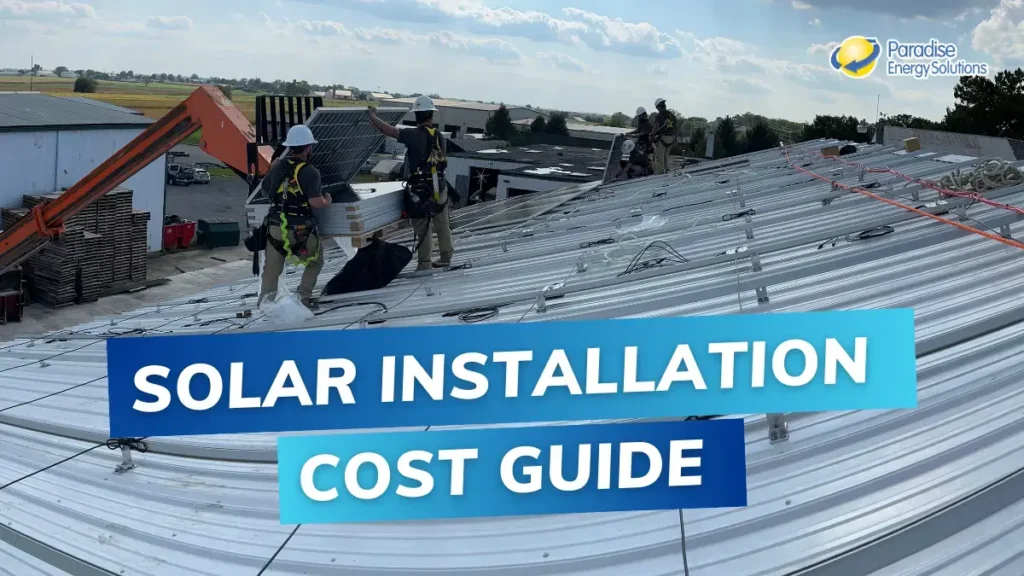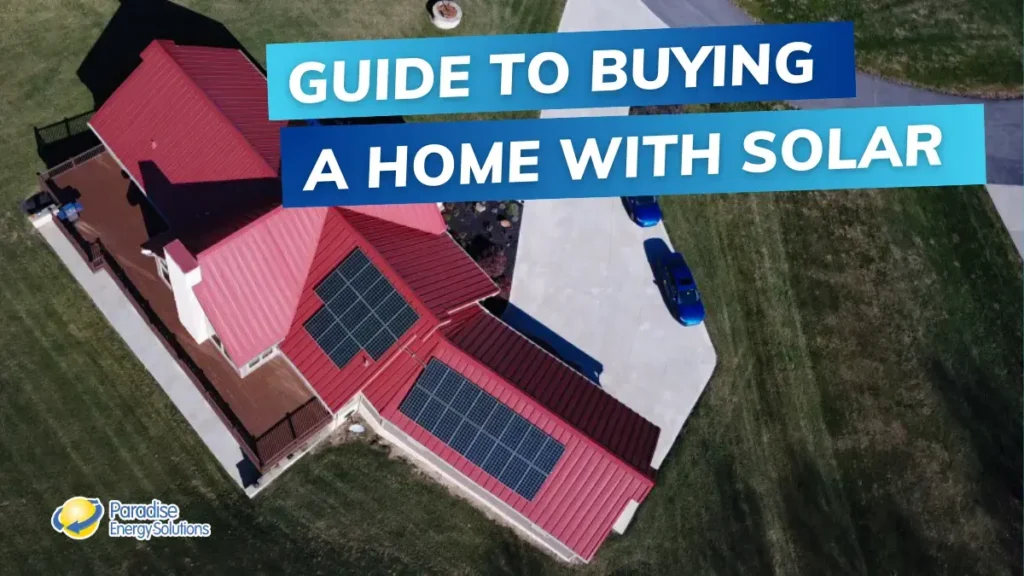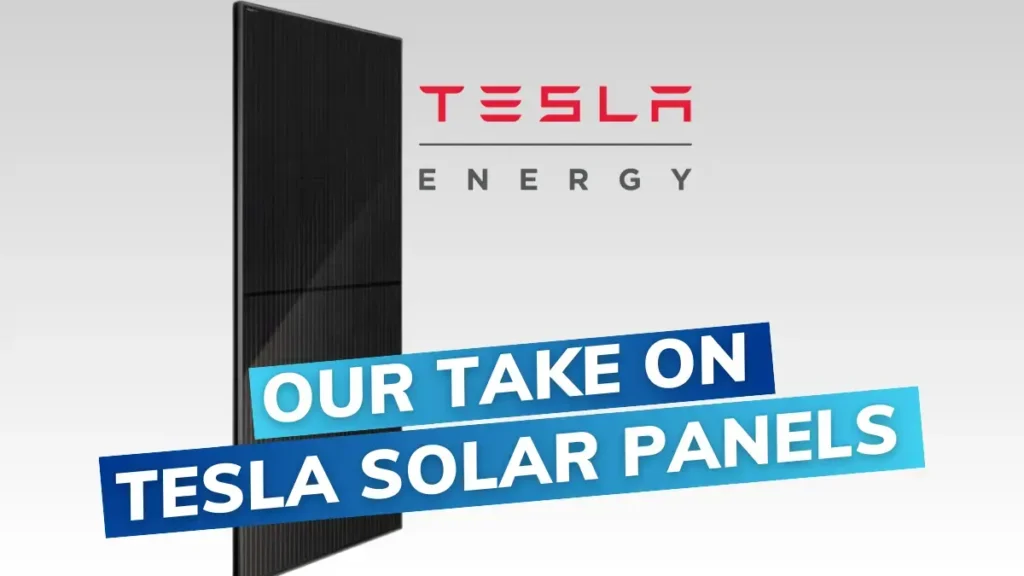The Parrys own and operate an 80-acre poultry farm in Hartly, DE. Like so many farmers, they were facing high electricity bills that ate up their bottom line. Keeping the ventilation in their chicken houses going, especially during the summer months, was adding up to quite an expense – and electricity prices certainly didn’t show signs of decreasing.
In order to cut this overhead cost, they explored options for alternative energy sources and turned to solar energy. In 2018, a 275 kW ground-mounted solar system was installed on their farm. In the first year alone, solar power saved the Parrys over $40,000.
But what other effects will the solar system have on their land and poultry?
Whether your farm is part of your family’s legacy, passed down from generation to generation, or you’re looking to sell it when you retire, you need to make the best long-term decision for the fertility of your land and safety of your animals. This blog will help you do just that. We’ll take a look at common questions regarding the impact of solar on farms.
Will Solar Panels Contaminate My Soil?
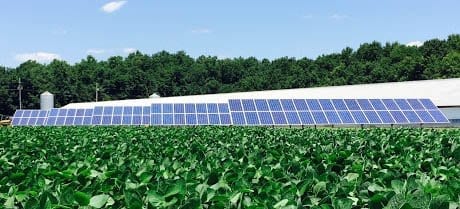
Whether you’re a poultry farmer like the Parrys or grow acres and acres of crops, the success of your farm depends on good soil. Soil has been called the foundation of agriculture, providing crops with nutrients to flourish and your livestock with ground to graze.
But we live in a time where the amount of farmland is shrinking, and the demand for food is increasing. Though installing solar may give your farm a financial edge, how will it affect the earth around it? The short answer is it really won’t.
Most solar panels, and all the solar panels Paradise Energy installs, are made from silicon. Silicon is the second-most abundant element in the Earth’s crust and plays a natural role in the growth of plants. But even if it was harmful, studies have shown no significant leaching of materials from solar systems into soil.
What if you don’t intend to use silicon-based panels? There are some solar panels that instead contain cadmium telluride, which is toxic. But according to a study conducted by the California Energy Commission, the “release of these sealed modules is unlikely,” meaning solar panels won’t poison your farmland.
What about the metals used in the frames that hold the panels together and the posts that anchor the system to the ground? Made of mostly aluminum, these frames are completely safe. Like silicon, aluminum is a naturally occurring part of the earth’s crust and makes up about 1% of most of the Earth’s soil. If absorbed by crops, aluminum can do some harm to them, but plants don’t absorb aluminum from the ground unless the soil is very acidic.
Aluminum has a high resistance to corrosion as is – but when anodized, it’s even more resistant. Only a minute amount of aluminum is released into the soil from a solar system, and it has not been shown to have any negative impacts on the earth.
Though solar systems are safe to have around crops, they’re also a great way to help prevent land degradation while still making good use of overworked fields.
What Can I Grow Underneath Solar Panels?
Depending on the height of the ground mounts you install, a variety of vegetation can be planted underneath the panels that could provide some big benefits to your farm.
As far as crops go, solar panels are not going to heat up and dry out anything underneath or around the array. In fact, the panels will actually keep things more temperate for those crops by keeping things cooler during the day and warmer at night, which extends growing seasons. Studies conducted have shown that the aggregate temperatures are about the same as they would be in full sunlight, and the growth rate was not affected.
In fact, one study took a look at crops grown under bright magenta panels that found 20% of the crops grew better than those grown in full sun! They also required less water and open up options for profitable shade-resistant crops you may not have had the chance to grow – like saffron.
Another option for vegetation under the panels would be native vegetation and plants that encourage pollination. Not only do these look great, but they provide a habitat for bees and butterflies that will help pollinate your crops.
Insects are partially responsible for pollinating 75% of all crops consumed by humans worldwide but are quickly dying out due to manmade stressors and loss of habitat. But by planting vegetation native to your area, whether that be wildflowers, prairie grass, or berries, you’ll be helping to conserve the world’s declining population of pollinators, and may also be helping the crop yields of adjacent fields through increased pollination!
Solar Panels’ Impact on Animals
If you raise livestock or poultry, you may be wondering if it’s safe for domesticated animals to go near or under the ground-mounted solar system.
For the Parrys, their organic chickens were used to roaming in a fenced pasture area when the temperatures allowed. Wanting to increase the amount of time the chickens could spend outside, the solar system was installed in this area and its nearby shade provides a cooler place during warmer months.
While it’s safe for animals to graze near the solar panels, there is a risk for injury if wires are chewed on. Larger animals, such as cattle, could do harm to the system, as could rowdier animals that may climb on the panels (we’re looking at you, goats!)
Calmer and smaller animals are popular, such as sheep and poultry, for grazing near the panels. While a ground mount’s normal two-foot clearance may not allow enough room for animals underneath the panels, you could raise the system to a four-foot clearance, leaving room for the sheep to graze and maintain the vegetation underneath, meaning no need to mow or use herbicides!

While going solar is a big decision, years of research has shown the only substantial impact of installing ground-mounted solar panels on farms is the cost savings. In fact, whether through growing crops, encouraging pollination, or providing a shady place for your farm animals to graze, solar often has additional benefits to farms – not to mention its environmental impact.
If ground-mount solar panels don’t make sense for your farm, you can take advantage of barn roofs, chicken house roofs, and other farm buildings with a roof-mounted solar system.
In less than six years, the Parry’s will have paid off their solar system, leaving decades of free electricity for their farm. But they’re not an outlier – hear from other farmers who made the switch to solar.
